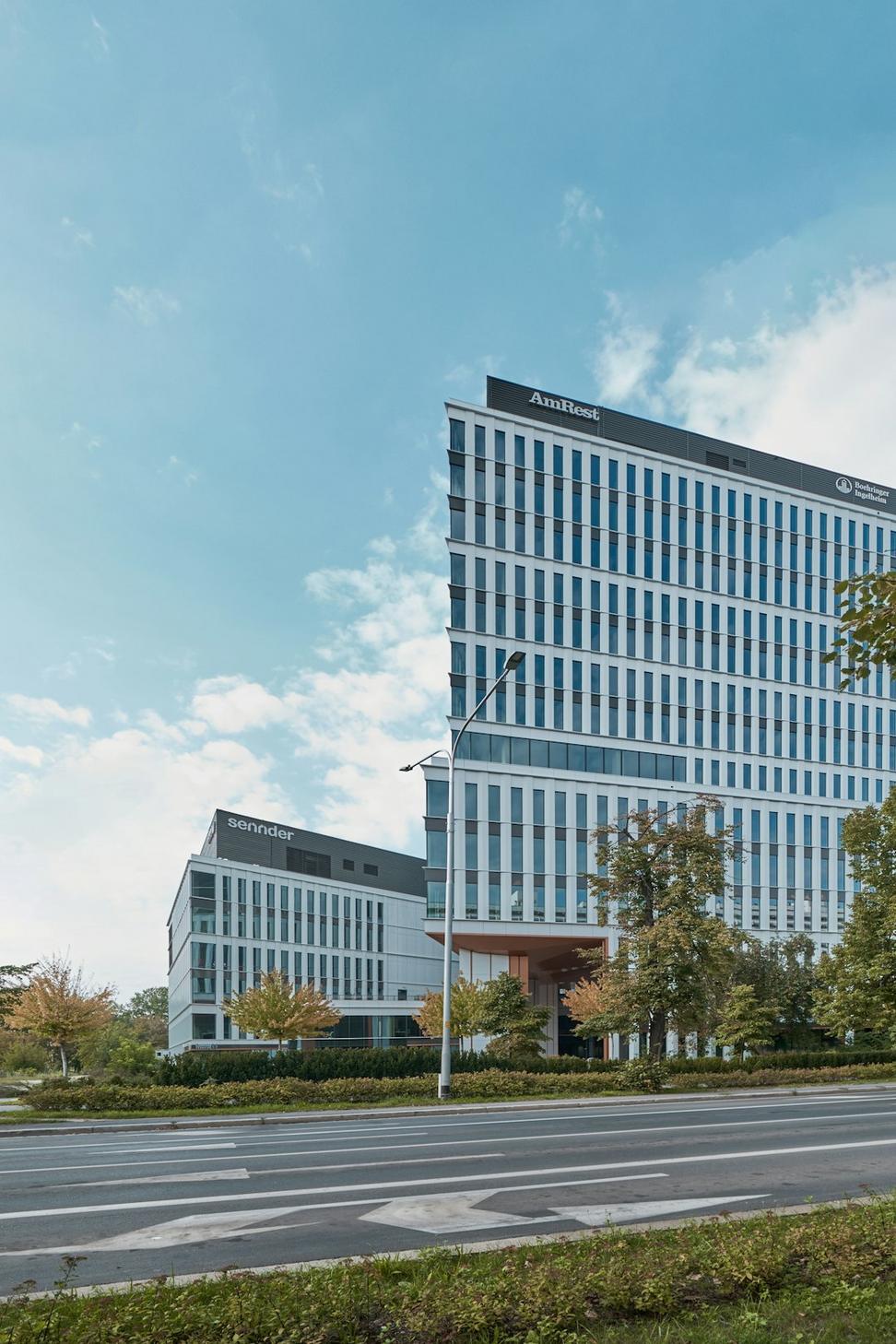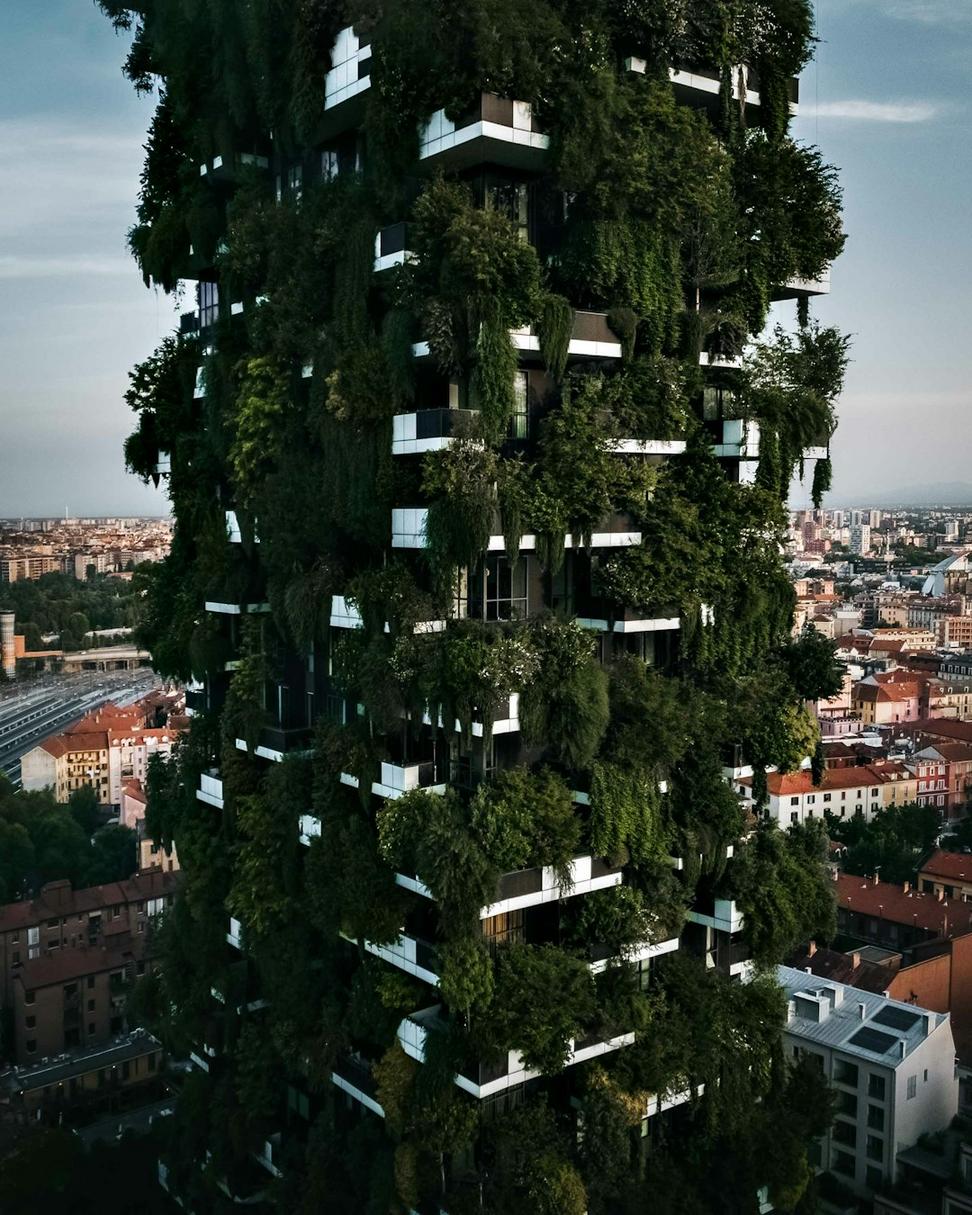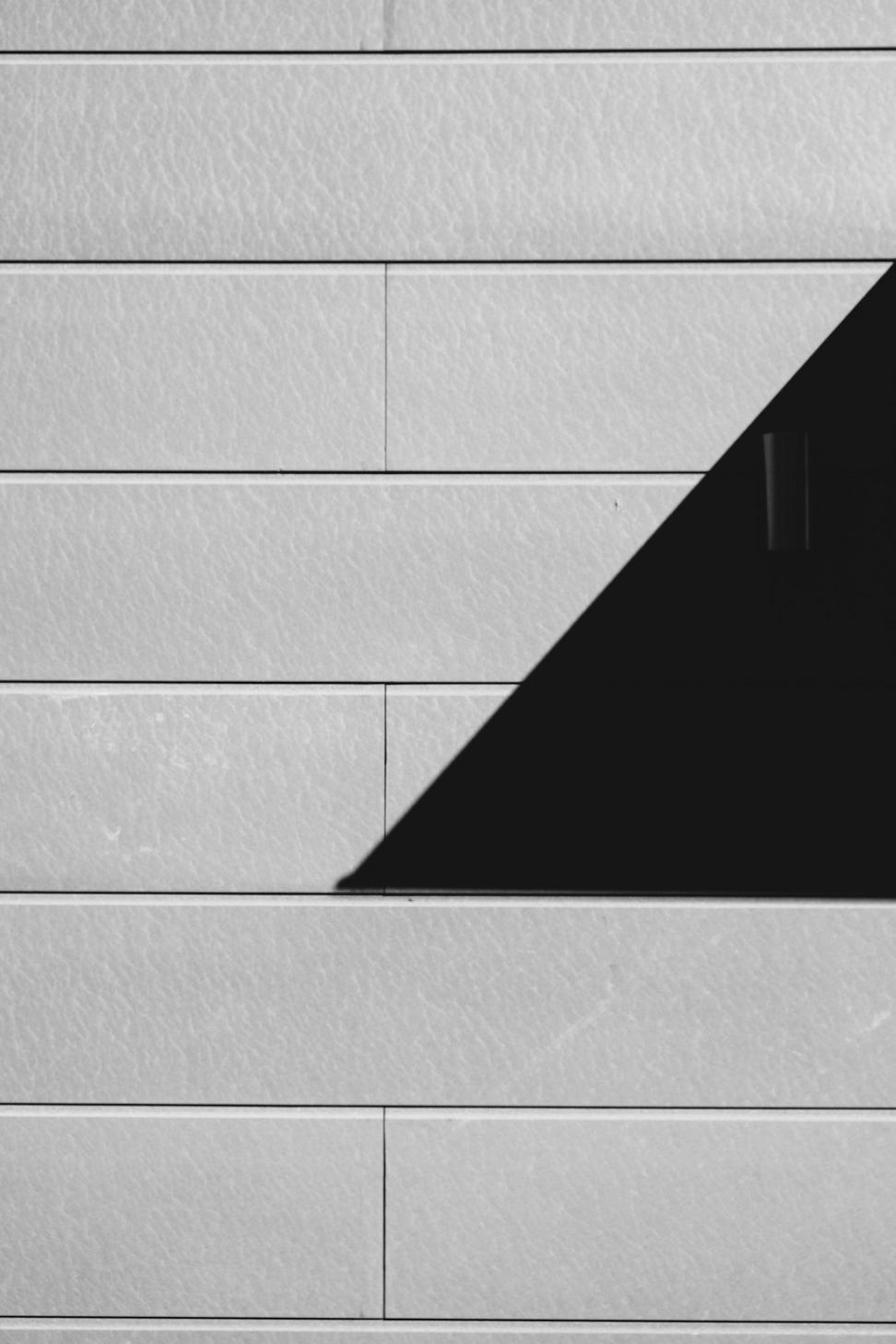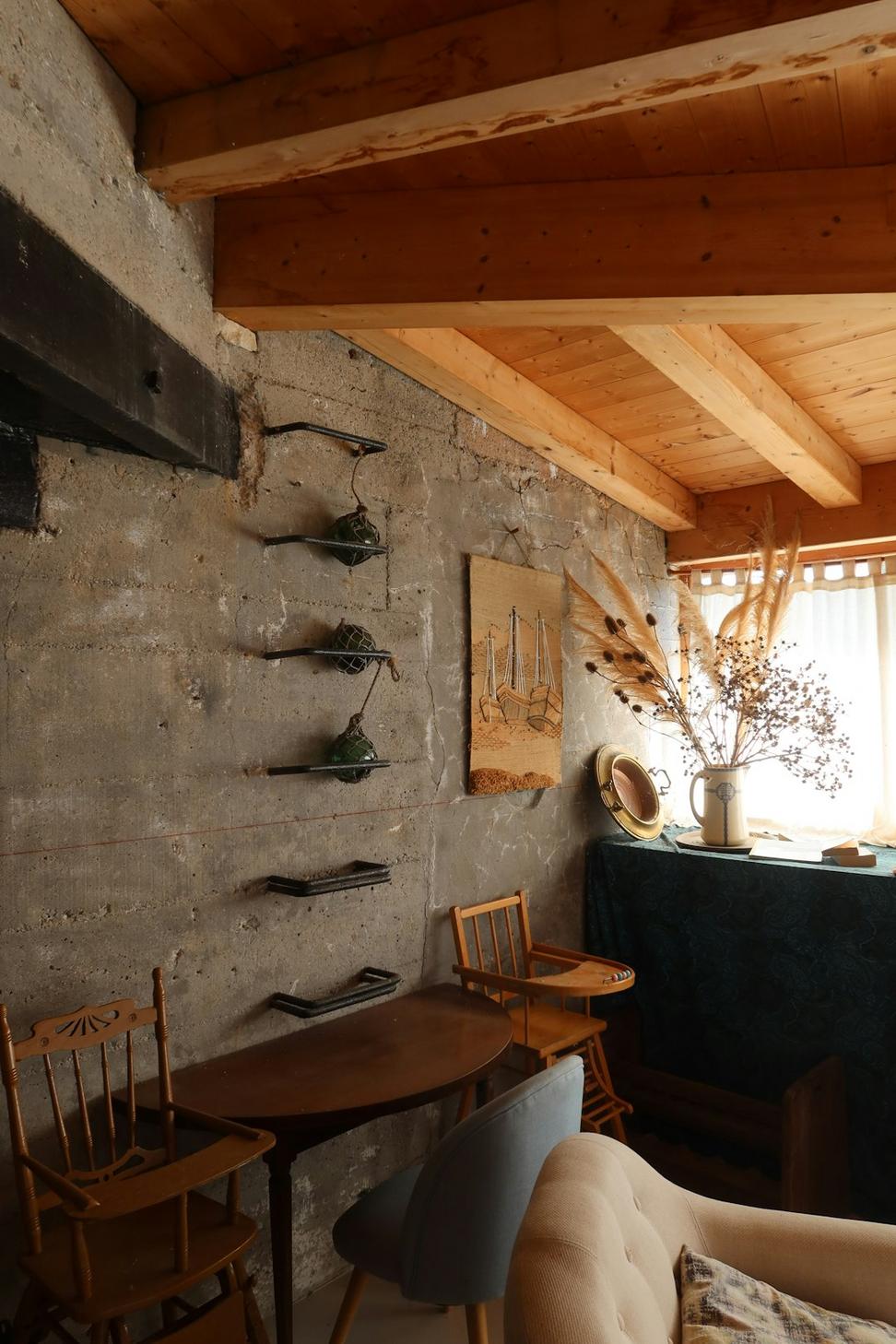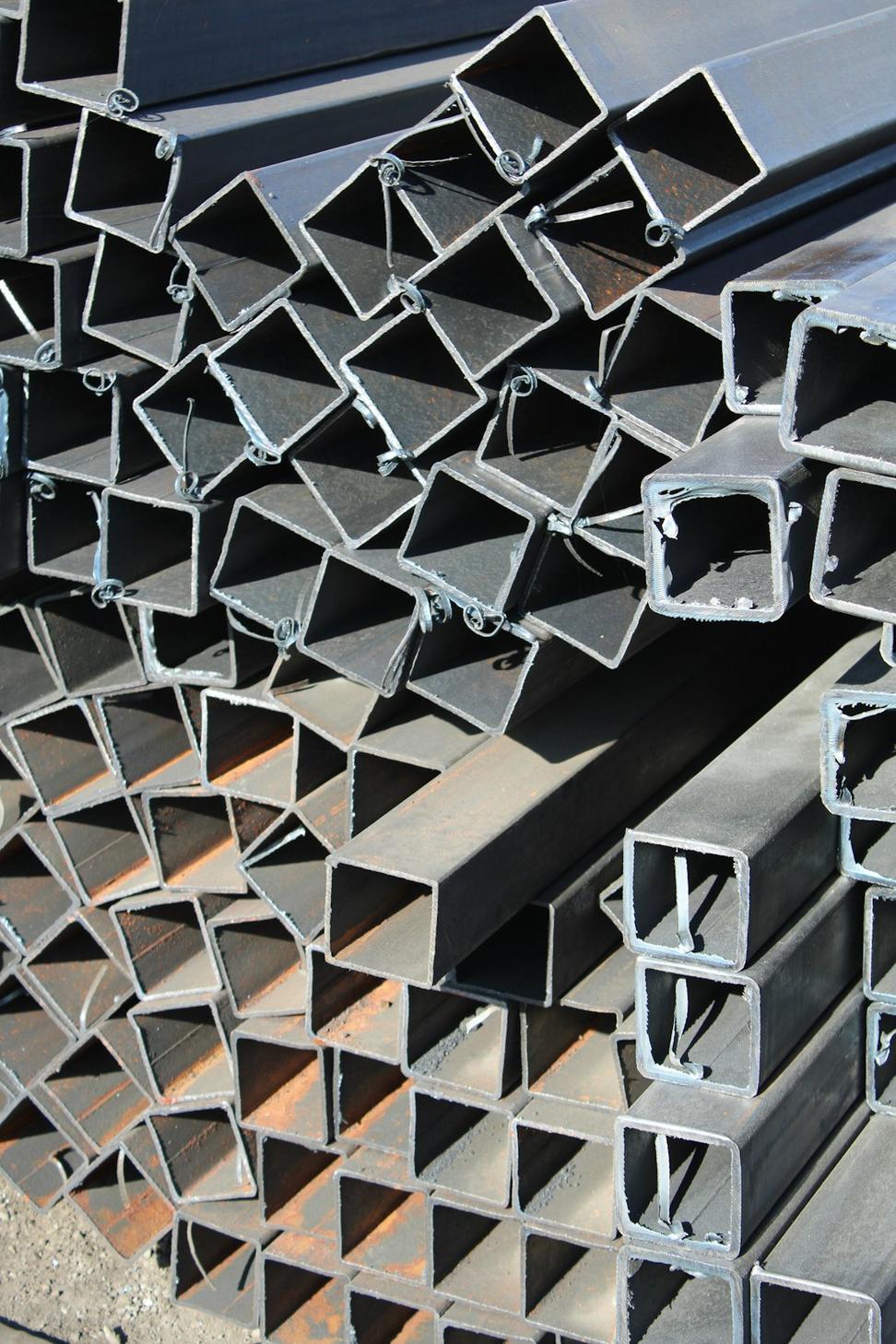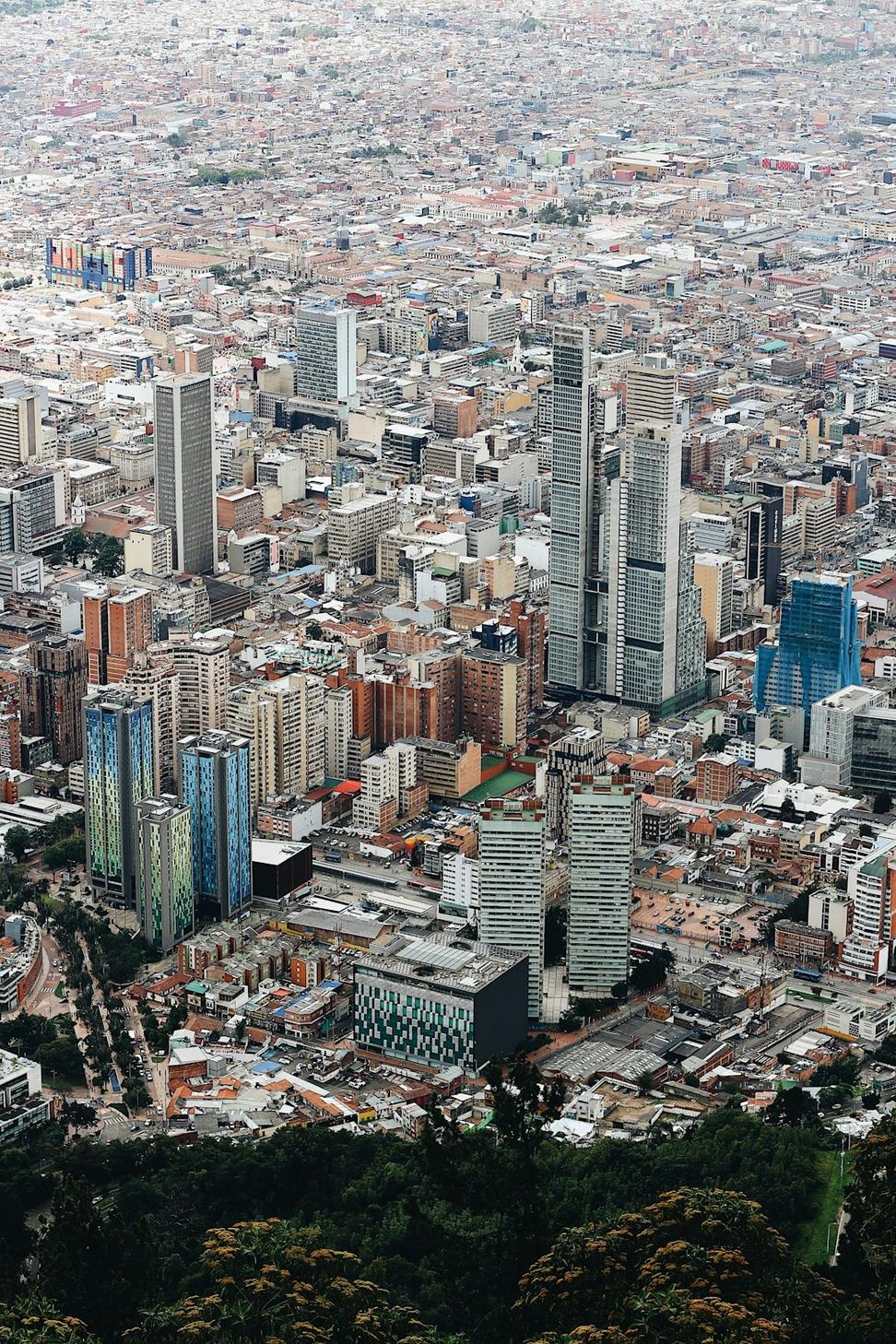Real Talk About Costs
Everyone wants to know if sustainable design costs more. Short answer: sometimes upfront, but you'll make it back.
We did this mixed-use development in Yorkville - client was freaking out about the added cost of high-performance glazing and advanced HVAC. Added maybe 8% to construction costs. But operating costs dropped 60%, and they leased the space faster because tenants wanted the certification.
Payback was under four years. Now that client won't build any other way.
The real cost is doing nothing. Buildings are responsible for nearly 40% of global carbon emissions. We can't afford NOT to build sustainably anymore - financially or ethically.
